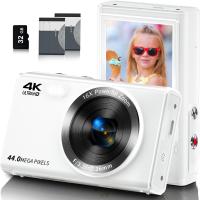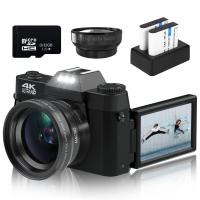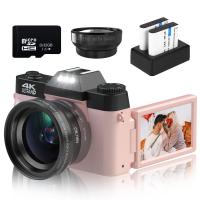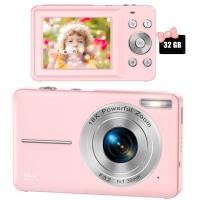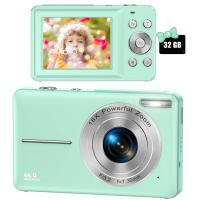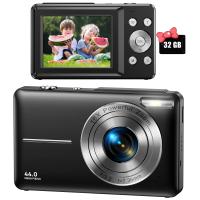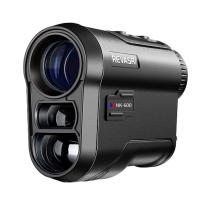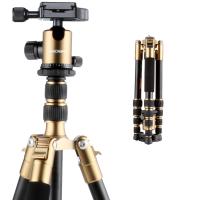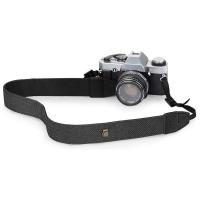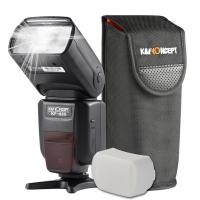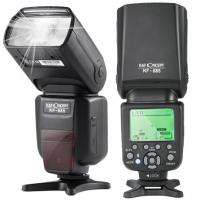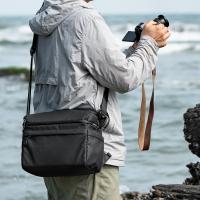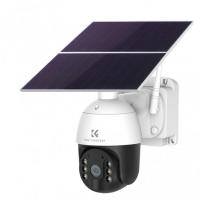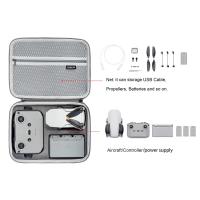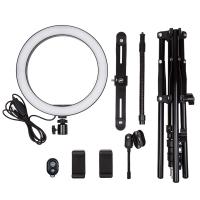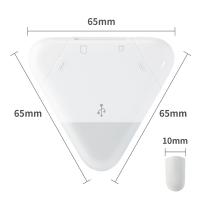How Does The Digital Camera Work?
Digital cameras have revolutionized the way we capture and store images, making photography more accessible and versatile than ever before. Understanding how digital cameras work can help both amateur and professional photographers make the most of their equipment. In this article, we will delve into the mechanics of digital cameras, exploring the key components and processes that enable them to capture high-quality images.
The Basics of Digital Photography

At its core, a digital camera functions by converting light into electrical signals, which are then processed and stored as digital images. This process involves several key components:
1. Lens: The lens is responsible for focusing light onto the camera's sensor. It can be adjusted to change the focal length, allowing photographers to zoom in or out on a subject. The quality of the lens significantly impacts the sharpness and clarity of the images.
2. Image Sensor: The image sensor is the heart of a digital camera. It captures light and converts it into electrical signals. There are two main types of image sensors: CCD (Charge-Coupled Device) and CMOS (Complementary Metal-Oxide-Semiconductor). Both types have their advantages, but CMOS sensors are more commonly used in modern digital cameras due to their lower power consumption and faster processing speeds.
3. Shutter: The shutter controls the amount of time that light is allowed to hit the image sensor. When you press the shutter button, the shutter opens for a brief moment, allowing light to reach the sensor. The duration for which the shutter remains open is known as the shutter speed, and it can be adjusted to control exposure.
4. Aperture: The aperture is an adjustable opening in the lens that controls the amount of light entering the camera. It is measured in f-stops, with lower f-stop numbers indicating a larger aperture and more light entering the camera. The aperture also affects the depth of field, which is the range of distance within a photo that appears sharp.
5. Image Processor: Once the light is captured by the sensor, the image processor converts the electrical signals into a digital image. This involves several steps, including demosaicing (reconstructing a full-color image from the sensor's data), noise reduction, and color correction. The quality and speed of the image processor play a crucial role in the overall performance of the camera.
6. Memory Card: After processing, the digital image is stored on a memory card. Memory cards come in various formats and capacities, allowing photographers to store thousands of high-resolution images.
The Process of Capturing an Image
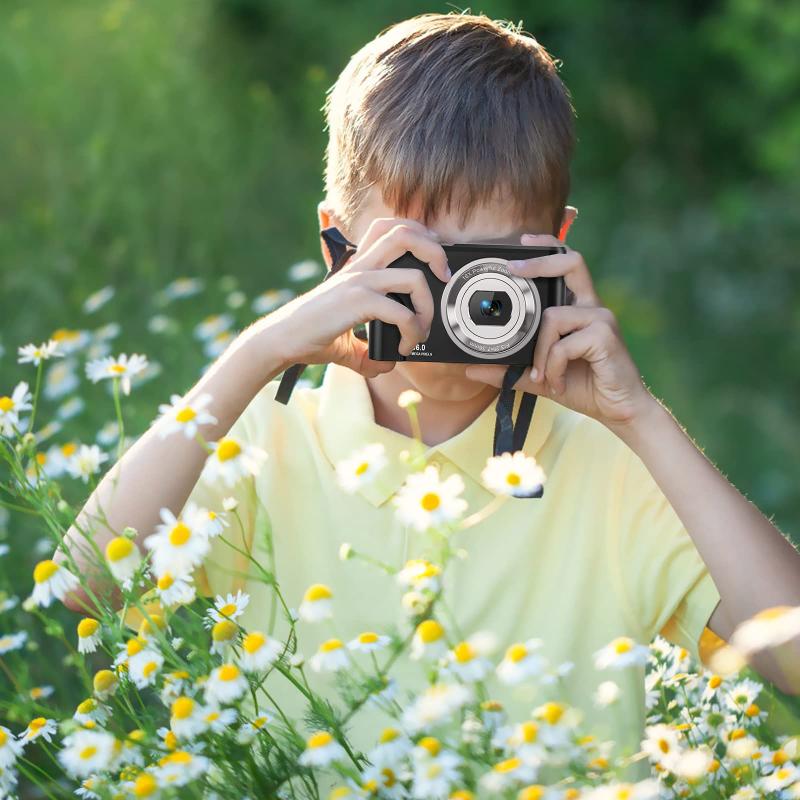
Now that we have an understanding of the key components, let's walk through the process of capturing an image with a digital camera:
1. Focusing: When you point your camera at a subject and half-press the shutter button, the camera's autofocus system kicks in. It uses various techniques, such as contrast detection or phase detection, to ensure that the subject is in sharp focus.
2. Metering: The camera's metering system measures the light in the scene to determine the optimal exposure settings. It takes into account factors such as brightness, contrast, and color to calculate the appropriate shutter speed, aperture, and ISO (sensitivity to light).
3. Exposure: When you fully press the shutter button, the camera's shutter opens, allowing light to hit the image sensor. The duration of this exposure is determined by the shutter speed. Simultaneously, the aperture adjusts to control the amount of light entering the camera.
4. Image Capture: The image sensor captures the light and converts it into electrical signals. These signals are then processed by the image processor to create a digital image. The processor performs tasks such as demosaicing, noise reduction, and color correction to ensure the final image is of high quality.
5. Storage: The processed image is saved onto the memory card in a digital format, such as JPEG or RAW. JPEG files are compressed and take up less space, while RAW files contain unprocessed data and offer greater flexibility for post-processing.
Advanced Features and Technologies

Modern digital cameras come equipped with a range of advanced features and technologies that enhance their functionality and performance. Some of these include:
1. Image Stabilization: Image stabilization technology helps reduce blur caused by camera shake, allowing for sharper images, especially in low-light conditions or when using a telephoto lens. There are two main types of image stabilization: optical and digital. Optical stabilization involves moving lens elements or the image sensor to counteract shake, while digital stabilization uses software algorithms to achieve a similar effect.
2. High Dynamic Range (HDR): HDR technology captures multiple exposures of the same scene and combines them to create a single image with a greater dynamic range. This results in photos with more detail in both the highlights and shadows, making them appear more lifelike.
3. Autofocus Systems: Advanced autofocus systems use multiple focus points and sophisticated algorithms to quickly and accurately lock onto subjects. Some cameras also feature eye-detection autofocus, which ensures that the subject's eyes are in sharp focus, making it ideal for portrait photography.
4. Burst Mode: Burst mode allows photographers to capture a rapid sequence of images by holding down the shutter button. This is particularly useful for action photography, as it increases the chances of capturing the perfect moment.
5. Wi-Fi and Bluetooth Connectivity: Many modern digital cameras come with built-in Wi-Fi and Bluetooth capabilities, allowing photographers to wirelessly transfer images to their smartphones, tablets, or computers. This makes it easier to share photos on social media or back them up to cloud storage.
6. 4K Video Recording: In addition to capturing still images, many digital cameras can record high-resolution 4K video. This feature is particularly popular among videographers and content creators, as it offers greater detail and flexibility in post-production.
Practical Tips for Using a Digital Camera

To make the most of your digital camera, consider the following practical tips:
1. Understand Your Camera's Settings: Take the time to familiarize yourself with your camera's settings and features. Experiment with different modes, such as aperture priority, shutter priority, and manual mode, to gain a better understanding of how they affect your photos.
2. Use a Tripod: A tripod can help stabilize your camera and reduce the risk of blur, especially in low-light conditions or when using a slow shutter speed. It is also useful for capturing long-exposure shots, such as night photography or light trails.
3. Shoot in RAW: If your camera supports it, consider shooting in RAW format. RAW files contain unprocessed data from the image sensor, giving you greater flexibility in post-processing. This allows you to make adjustments to exposure, white balance, and other settings without compromising image quality.
4. Practice Composition: Pay attention to the composition of your photos. Use techniques such as the rule of thirds, leading lines, and framing to create visually appealing images. Experiment with different angles and perspectives to add variety to your shots.
5. Keep Your Lens Clean: A dirty lens can negatively impact the quality of your photos. Regularly clean your lens with a microfiber cloth and lens cleaning solution to ensure it remains free of dust, smudges, and fingerprints.
6. Backup Your Photos: To avoid losing your precious memories, regularly back up your photos to an external hard drive, cloud storage, or both. This ensures that you have a secure copy of your images in case of accidental deletion or hardware failure.
Digital cameras have come a long way since their inception, offering a wide range of features and capabilities that cater to photographers of all skill levels. By understanding how digital cameras work and familiarizing yourself with their key components and processes, you can make the most of your equipment and capture stunning images. Whether you're a hobbyist or a professional, the knowledge and tips shared in this article will help you take your photography to the next level.


